The Ultimate Guide to Writing Perfect AI Prompts
If your AI art doesn’t look the way you imagined, the problem usually isn’t the model — it’s the prompt.
Prompts are the language of creativity in AI. The better you communicate with the model, the closer your result will be to your artistic vision.
This guide will teach you how to write perfect prompts and create professional-level AI art using StyonArt.
🧠 What Is a Prompt?
A prompt is a short text that tells the AI what to create.
It can be as simple as “a cat wearing sunglasses,” or as detailed as “a cinematic close-up portrait of a black cat wearing golden sunglasses, neon reflections, shallow depth of field, shot on 85mm lens.”
Your words shape the AI’s imagination — the more precise your description, the more accurate your results.
✍️ Step 1: Follow the Golden Prompt Formula
The structure of a great prompt:
[Subject] + [Style] + [Lighting] + [Mood/Emotion] + [Composition] + [Detail Keywords]
Example:
“A fantasy warrior standing in glowing ruins, cinematic lighting, epic mood, ultra-detailed, 8K resolution, painted in the style of Greg Rutkowski.”
🎨 Step 2: Define the Style
Choose a visual style that matches your goal:
Realistic / Photorealistic → for lifelike images
Digital Painting / Concept Art → for artistic looks
Cartoon / Anime → for fun or stylized visuals
Surreal / Fantasy / Abstract → for creative effects
💡 Tip: Combine styles for unique results!
“Surreal portrait, half realistic, half digital painting.”
💡 Step 3: Master Lighting & Mood
Lighting defines atmosphere. Include it in every prompt.
Examples:
“Golden hour sunlight” → warm, cinematic tone
“Soft studio lighting” → clean and professional
“Dramatic contrast lighting” → deep shadows, emotion
“Neon cyberpunk lights” → futuristic and colorful
🖼️ Step 4: Describe the Composition
Good framing makes your image visually powerful.
Use keywords like:
“Centered composition”
“Wide shot / Close-up”
“Rule of thirds”
“Symmetrical / Dynamic angle”
⚙️ Step 5: Add Quality Keywords
Enhance detail with quality descriptors:
✅ 8K / 4K / HD
✅ Ultra-detailed
✅ Cinematic tone
✅ Sharp focus
✅ Depth of field
✅ Artstation / Unreal Engine render
These words help the AI understand the level of precision you expect.
❌ Common Prompt Mistakes
Avoid these if you want clean results:
Mixing opposite styles (“cartoon realistic”)
Forgetting lighting or composition
Overloading with random adjectives
Not testing variations
🚀 Step 6: Use Variations & Refinement
StyonArt lets you generate four variations at once — use this to test small prompt adjustments.
Once you find the version you love, you can refine or upscale it to perfection.
🌟 Pro Examples
🎬 Cinematic Portrait:
“A woman standing in soft sunset light, cinematic tone, lens flare, 85mm lens, realistic skin texture, 8K, masterpiece.”
🎨 Fantasy Art:
“A dragon flying above glowing mountains, golden clouds, epic composition, ultra-detailed fantasy painting.”
🖌️ Minimalist Design:
“Abstract geometric shapes with soft gradient background, minimalist art style, modern composition.”
🧭 Final Advice
Prompts are an evolving skill — the more you experiment, the better you get.
Start simple, add details step by step, and note what works best for your favorite styles.
✨ Create Your Next Masterpiece on StyonArt
Your imagination is your most powerful tool.
👉 Start creating perfect AI art today: www.StyonArt.com
Transform words into art with the magic of AI.




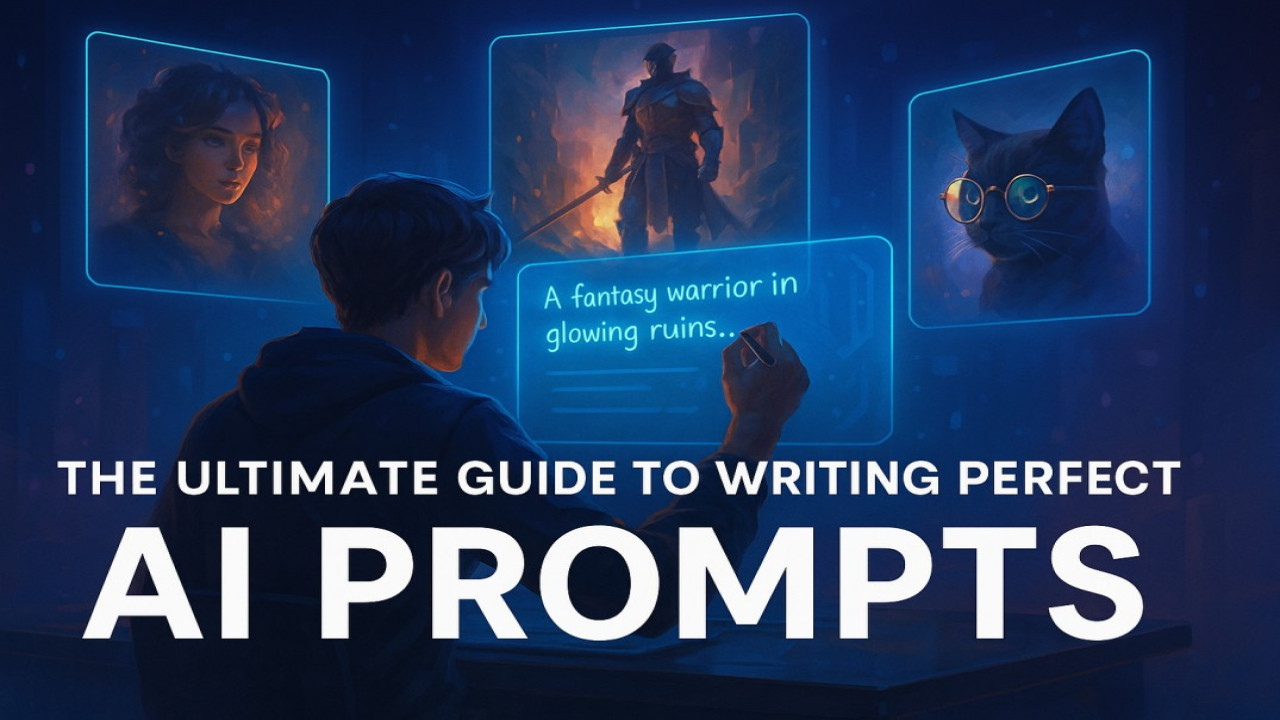

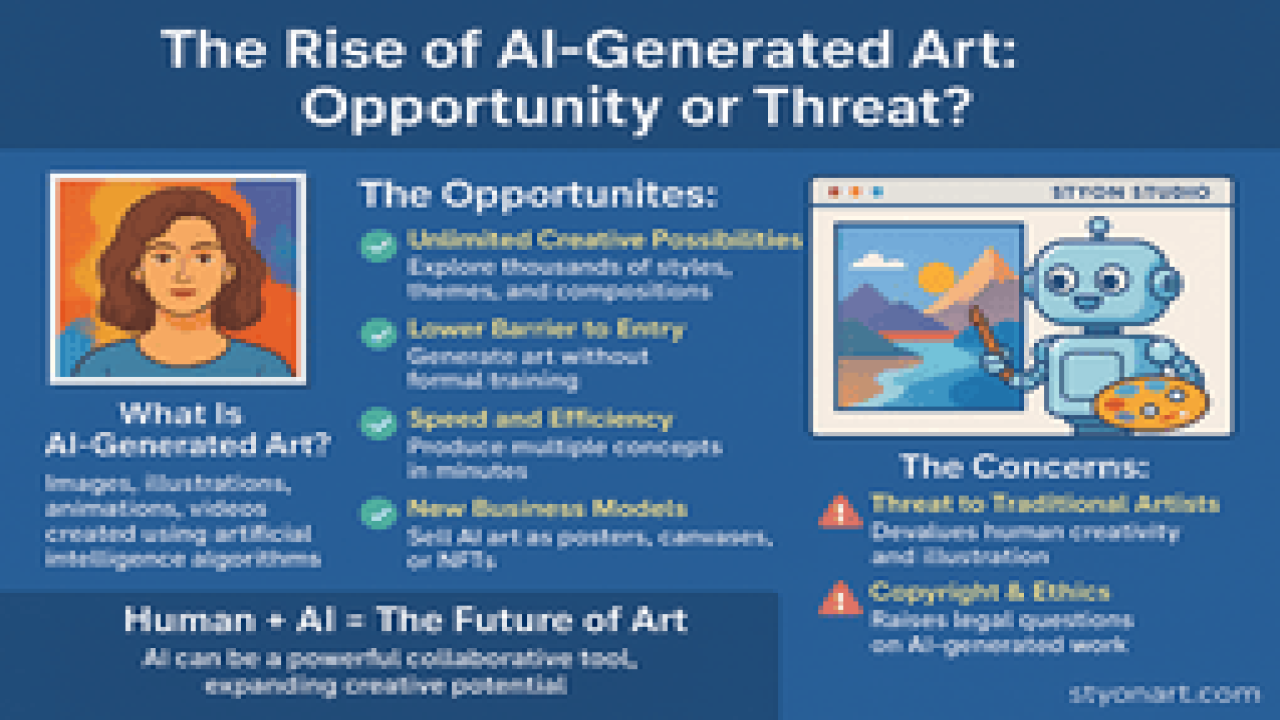
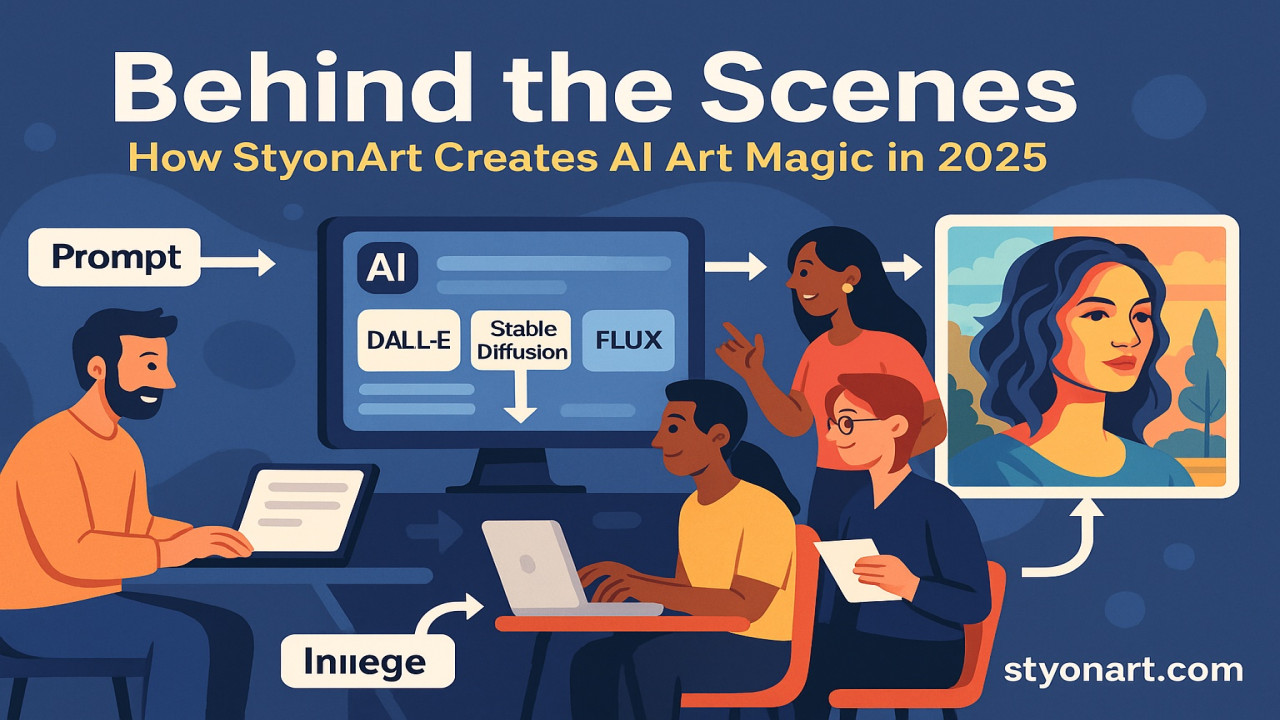

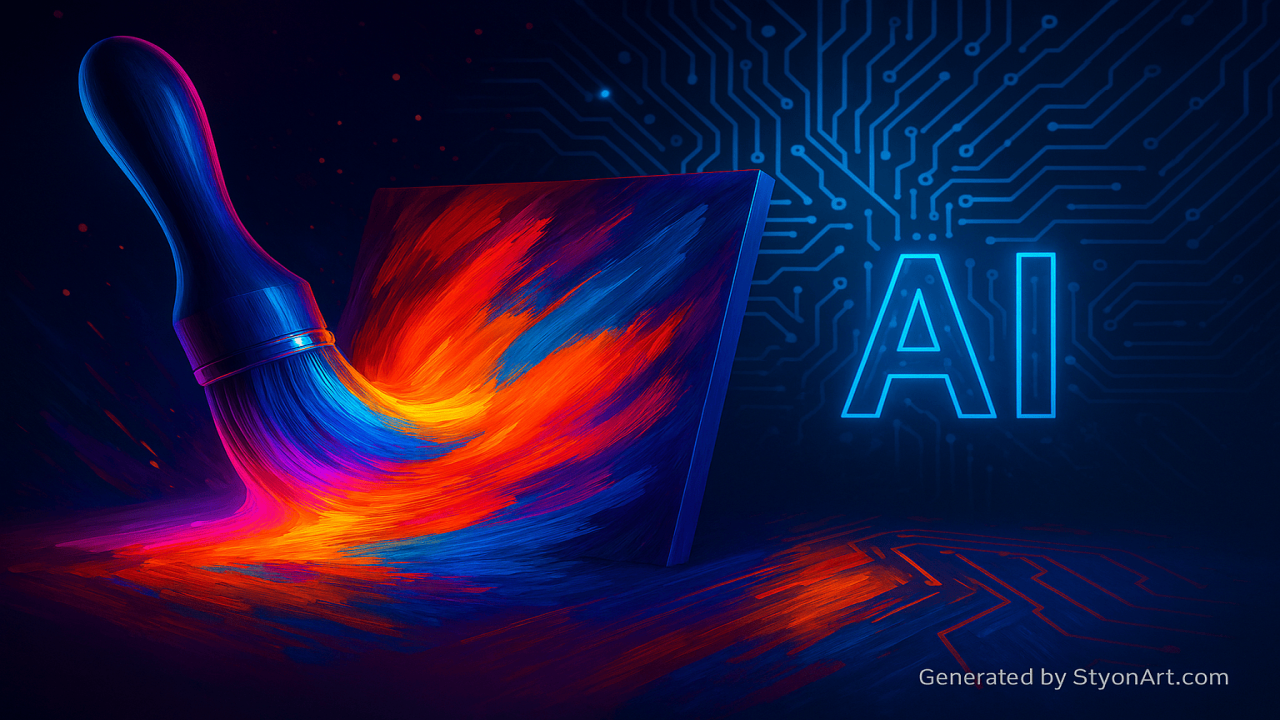

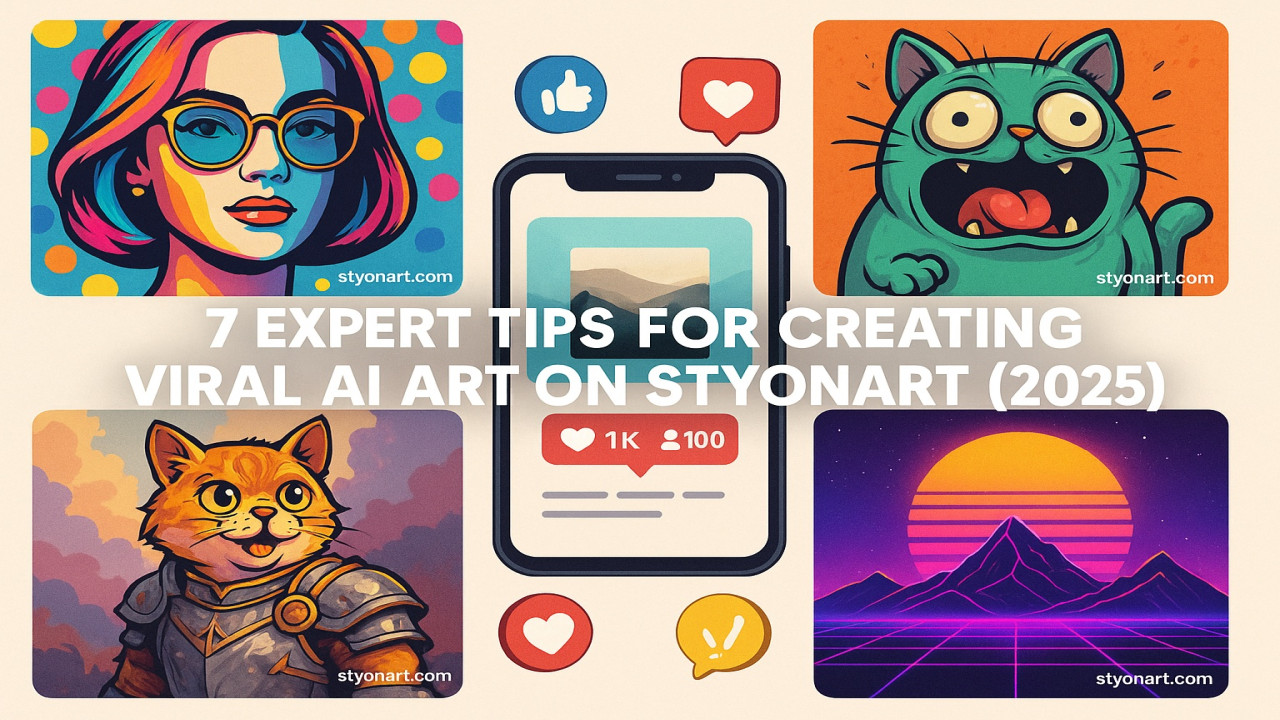
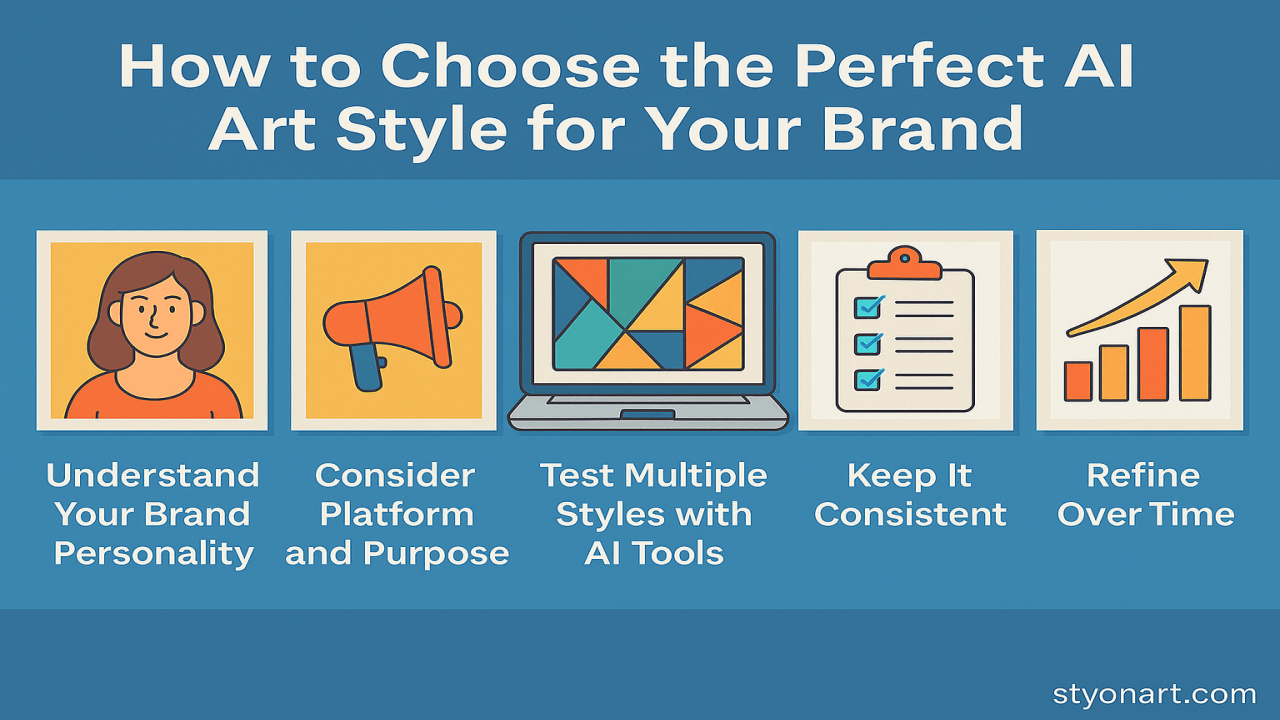
Comments (0)
No comments found